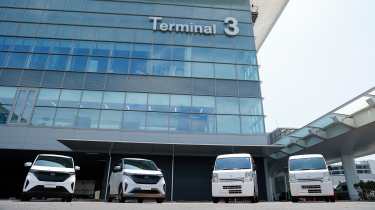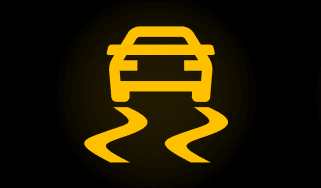Turn off the air-con! New Nissan ‘cool’ car paint cuts cabin temp by 5 degrees
Nissan is developing a new paint technology designed to keep your car’s interior cool and save energy
Nissan may soon have the ‘coolest’ cars on the road if its research into new car paint reaches production. The novel paint technology, developed in conjunction with radiative cooling product specialists, Radi-Cool, is designed to lower the ambient cabin temperature of its cars, reducing the need for air-conditioning and saving energy in the process.
What’s so cool about this new car paint?
The new car paint uses ‘metamaterial’ in its composition, a material with structures that exhibit “properties not usually found in nature”, according to Nissan. One of these particles reflects near-infrared light from the sun, which would normally heat up your car. The second particle appears to be even more exciting, emitting electromagnetic waves to counter the incoming sunlight and direct it away.
If your GCSE Chemistry is as rusty as ours, don’t worry – the main thing to note is that the research appears to be paying off. Initial trials conducted at Haneda Airport, Japan, showed that Nissan NV100 service vehicles coated in the new paint were up to five degrees cooler inside than identical vehicles with traditional automotive paint.
The paint proved particularly effective when a vehicle was left out in the sun for a long period of time. The cabin was cooler, so the air-conditioning could be run for a shorter period of time to achieve a comfortable interior temperature, saving energy.
"My dream is to create cooler cars without consuming energy", says Dr. Susumu Miura, senior manager of the Advanced Materials and Processing Laboratory at Nissan Research Center. "This is especially important in the EV era, where the load from running air-conditioning in summer can have a sizable impact on the state of charge."
When can I buy a car with heat reflecting paint?
Nissan hasn’t provided a timeline for bringing its new paint tech to production, but it’s hopeful that it will one day reach customer cars. A similar paint technology is already in use on buildings and structures, but adapting it for an automotive application is the challenge.
Miura’s team are currently testing an iteration of the paint that provides equal protection against stone chips, scratches and peeling as regular automotive paint, but it’s six times thicker. He and his team are continuing to explore thinner versions of the paint that can deliver the same temperature improvements.
It’s not the first time that Nissan has experimented with new paint technologies. Back in the 2000s the marque revealed its research into self-healing ‘Scratch-Shield’ paint, a coating that found its way onto models including the Nissan Murano SUV, 370Z sports car, and even certain mobile phones in Japan.
Thinking of buying a new car? Our guide to car paint explains which colours are worth paying for!
Recommended

In-car safety assistance systems leaving drivers confused and dissatisfied

What is Android Auto? Apps, music and new gaming features
Most Popular
Tips & advice

Car dashboard warning lights: what does each symbol mean?

Electric car charging stations: public networks, charger types, apps and maps










